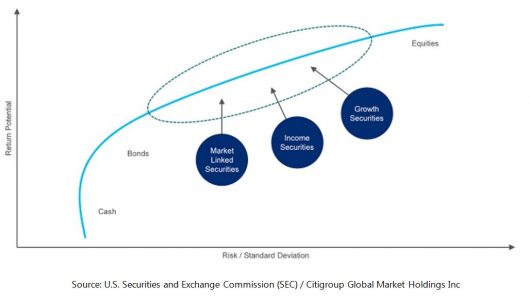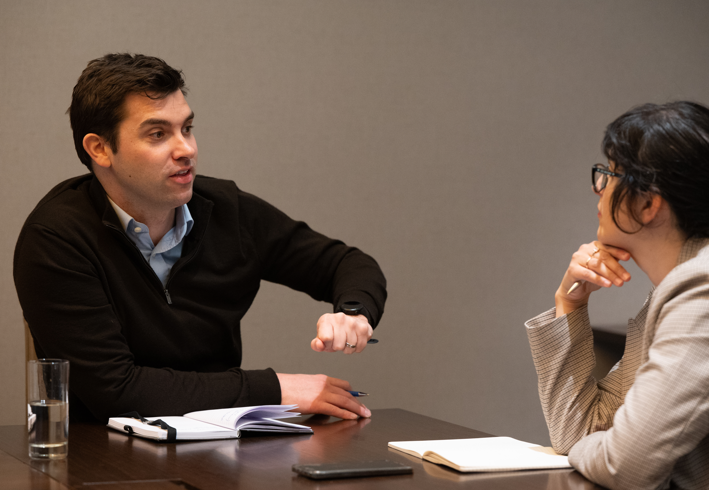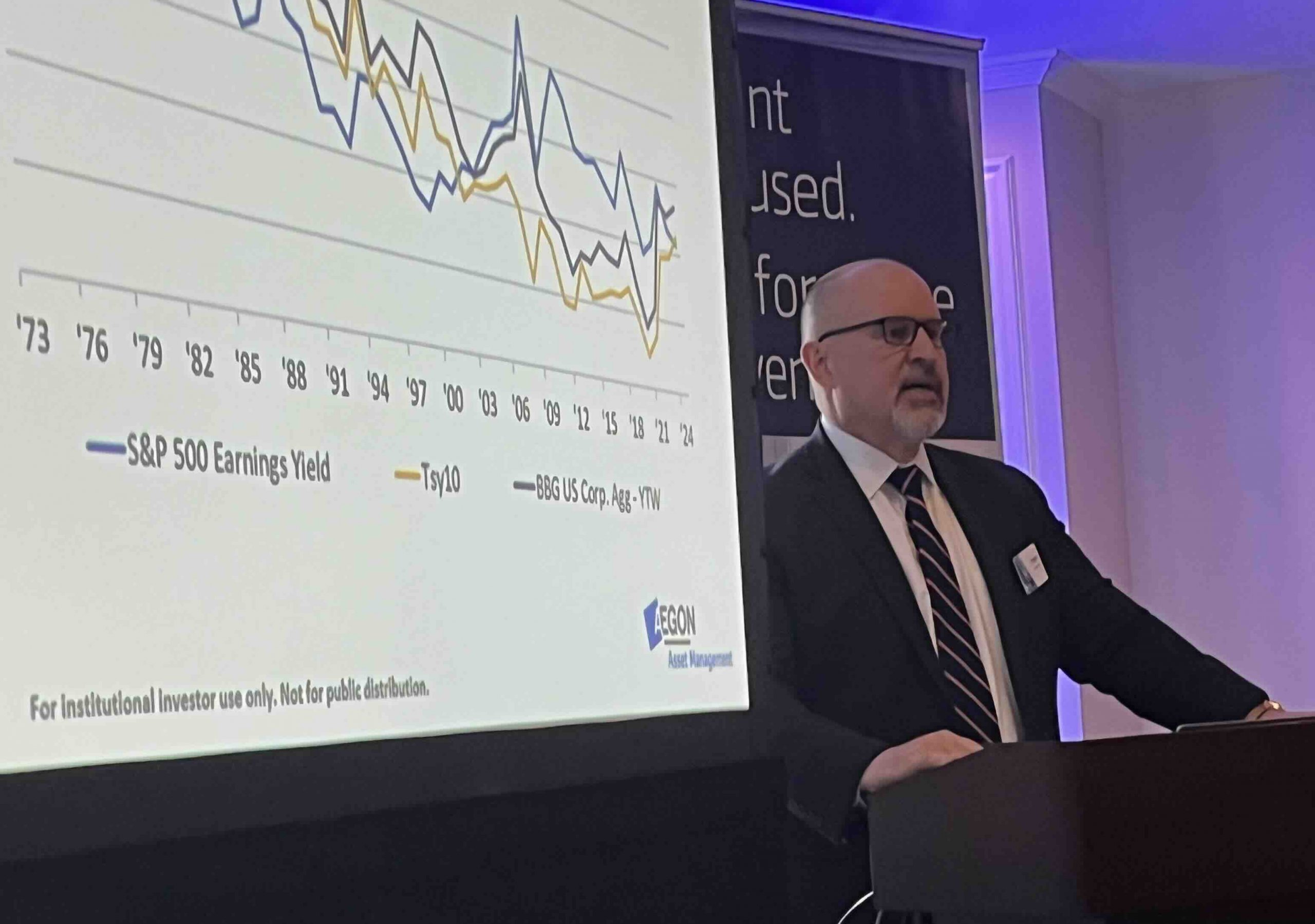DAVINCI TP Announces Strategic Alliance with Investec IM
| By Magdalena Martínez | 0 Comentarios

DAVINCI Trusted Partner (DAVINCI TP), a player in the distribution of third-party investment funds in Latin America, announces a strategic alliance for the private distribution of model portfolios managed by Investec in the US Offshore and Latin American territory.
The model portfolios managed by Investec are structured as Funds of funds registered in Luxembourg with a focus of identifying the best active asset managers for each asset class. This approach is achieved through a rigorous due diligence process of each Portfolio Manager and a high level of conviction in asset selection.
Investec, with more than 20 years of experience in managing investment strategies with an excellent track record, stands out for its active and client-oriented approach, backed by a team of highly trained and experienced professionals, the press release said.
Investec Investment Management is a subsidiary of Investec Limited, a financial institution with a global presence. The Group has a substantial market value, and has 7,400 employees and operates on five continents, reflecting its commitment to excellence and financial strength.
With this strategic alliance, DAVINCI TP strengthens its position in the segment of innovative investment solutions distribution across the region through regulated institutions. The model portfolios managed by Investec offer investors access to diversified strategies backed by solid expertise and a global presence, according the firm information.
Santiago Queirolo, Managing Partner of DAVINCI TP, commented on the collaboration: “Working in cooperation with Investec represents a significant milestone for DAVINCI Trusted Partner. We are very excited to contribute with such an emblematic global firm as Investec is particularly recognized in our region and this will allow Davinci TP to provide the financial industry with access to high quality investment portfolios”.
Paul Deuchar, Head of Investec Investment Management, also expressed his enthusiasm: “We are pleased to collaborate with DAVINCI Trusted Partners to expand our presence in the US Offshore and Latin American markets. This strategy will strengthen our ability to serve a broader base of investors and provide investment solutions tailored to their needs.”
James Whitelaw, Managing Partner of DAVINCI TP, remarked: “We are excited about this new partnership, as it will provide us with a great opportunity to continue to introduce investment solutions with model portfolios. The model portfolios fund range of Investec offers key benefits for investors such as, daily liquidity and automatic rebalancing investing in leading fund managers, which will allow financial advisers to manage their clients relationship and portfolios more efficiently, as well as enhance their client experience with a firm like Investec.”
DAVINCI TP, already having successful experiences with prestigious firms such as Jupiter Asset Management and Allianz Global Investors in Latin America, reinforces its commitment to introduce the best global investment opportunities to the financial industry, the firm added.










